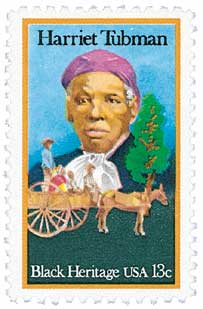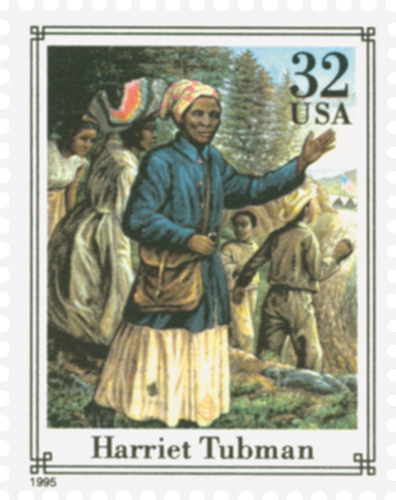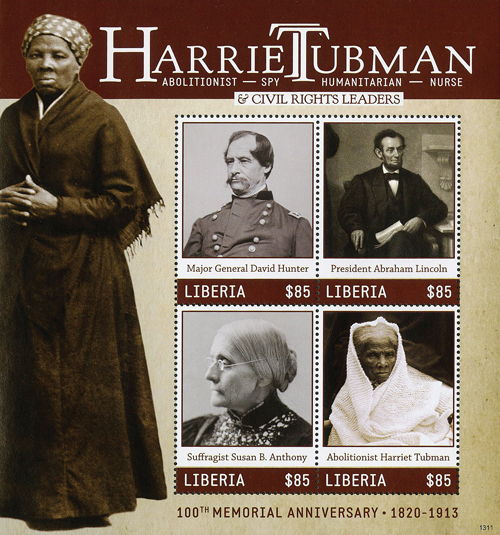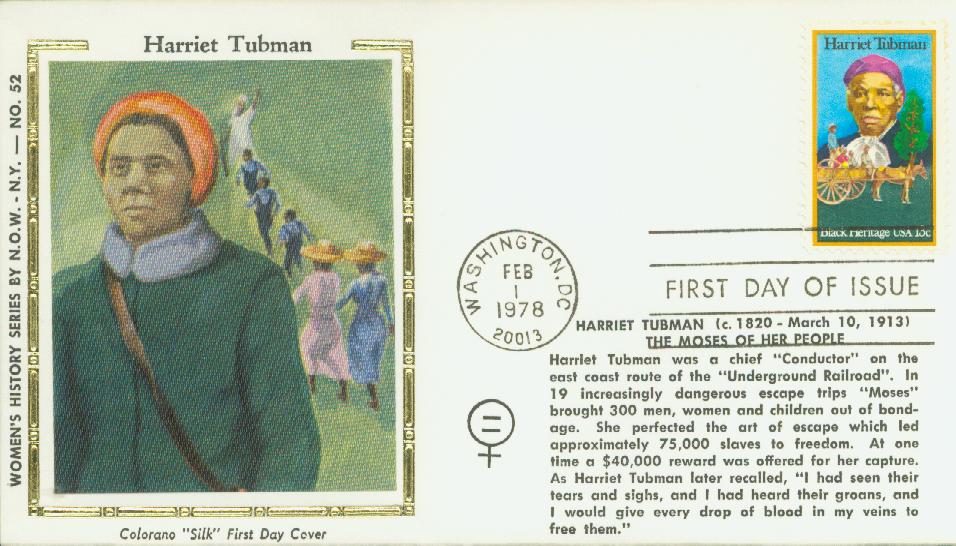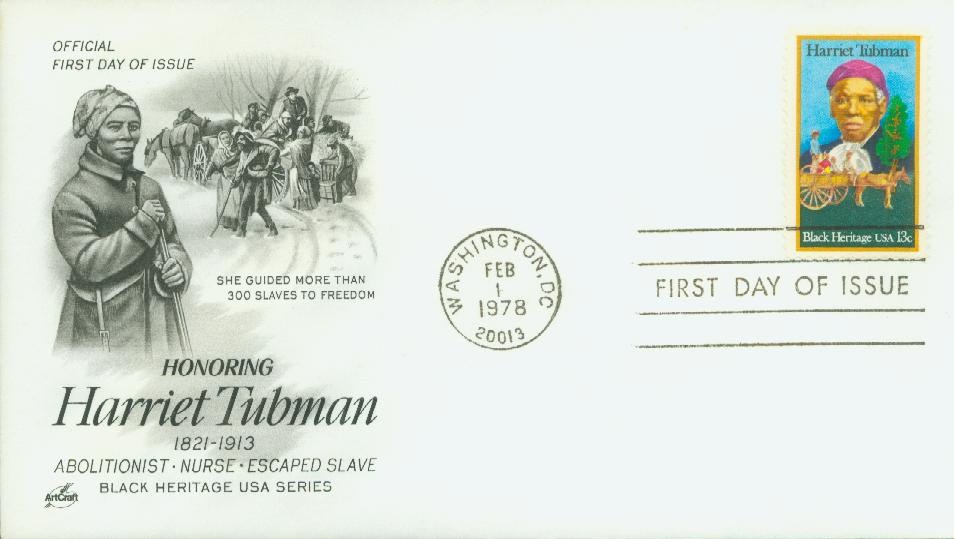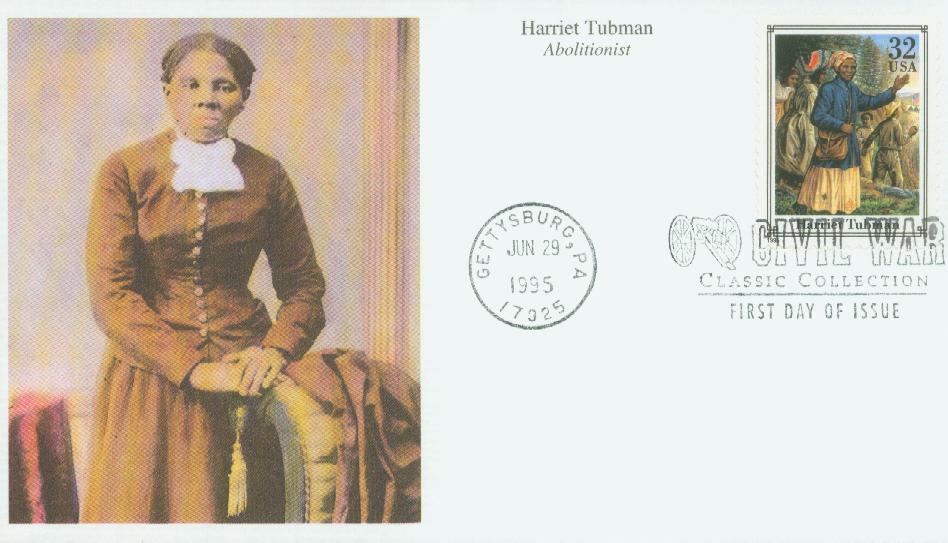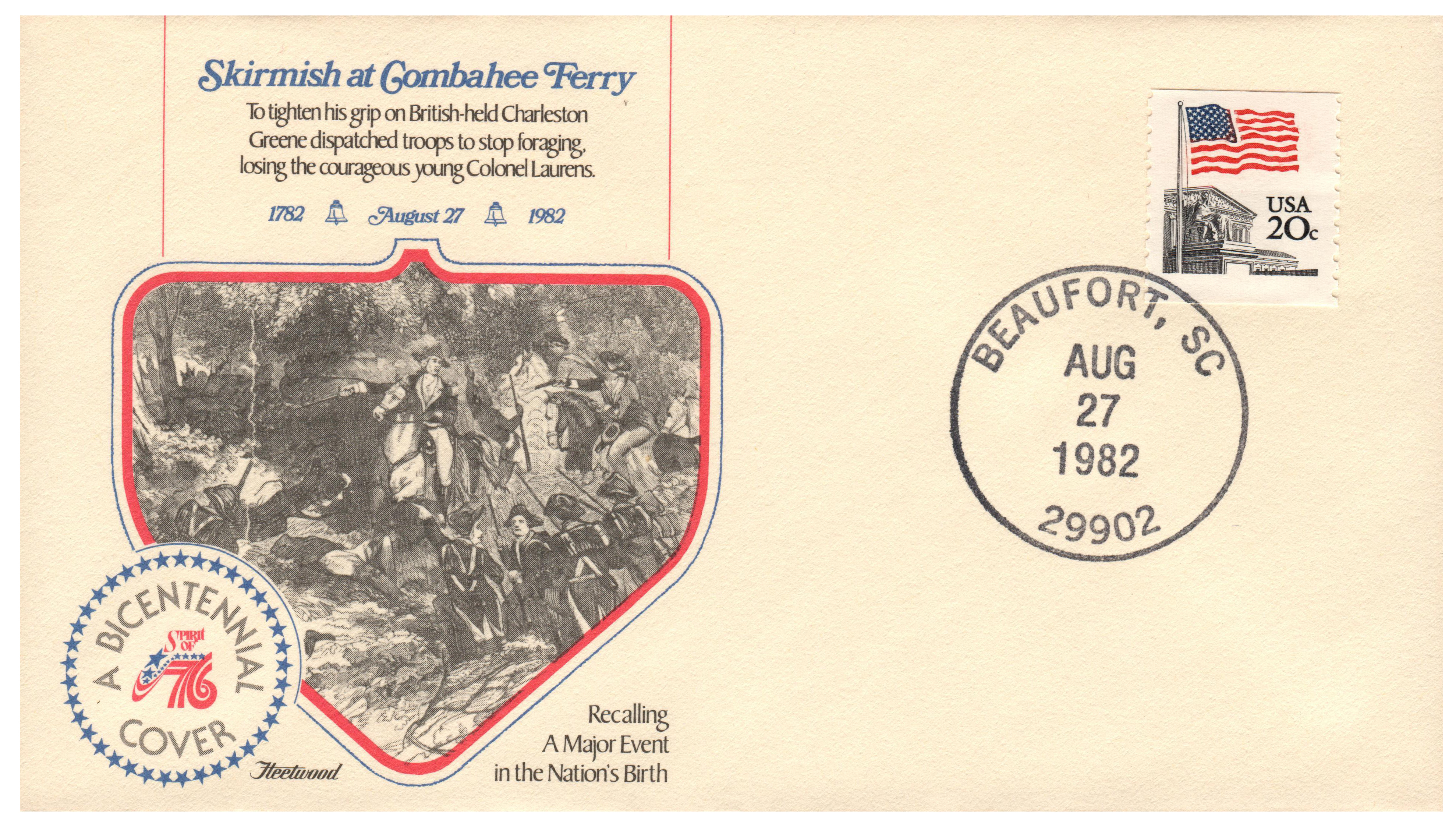
# 115369 - 1982 BCP Combahee Ferry
Raid On Combahee Ferry
On June 2, 1863, Harriet Tubman helped lead a daring Union raid in South Carolina to free over 750 slaves.
After the outbreak of the Civil War, Union forces recognized the importance of capturing strategic ports, such as those in South Carolina. In November 1861, they invaded Port Royal and captured most of Beaufort County and the Sea Islands. Their actions led many plantation owners to flee, leaving behind their slaves. The Union Army welcomed them and formed new regiments, such as the 2nd South Carolina Infantry, led by Colonel James Montgomery.
Meanwhile, Harriet Tubman who had escaped slavery a decade earlier had made nearly 20 trips along the Underground Railroad to help many find freedom. Called “Moses” by her people, after the biblical figure that led the Jews out of Egypt, she became the most famous “conductor” of the Underground Railroad. Although no exact number is known, it is estimated that during the 1850s she helped more than 300 slaves escape to freedom. Rewards for her capture once totaled about $40,000. Remarkably, she was never caught, and never once during any of her rescue trips did anyone get left behind.
By the time the Civil War began, Tubman’s abolitionist friends urged the Union Army to utilize her skills and knowledge. In 1862, she was sent to Beaufort, South Carolina to teach and work as a nurse for the former slaves on the Sea Islands. Then, in February 1863, Union officials granted her free passage wherever she wanted to go, an honor rarely bestowed upon a civilian.
By the spring of 1863, Union commanders started planning raids on coastal rivers and selected Tubman to help. The main goal of these raids was to remove mines from the rivers, capture enemy supplies, destroy their plantations, and recruit healthy and willing slaves freed by these raids into the Union Army.
Tubman was tasked with planning the raid at Combahee Ferry. Her first task was gathering intelligence and recruiting troops. Union generals gave her money to offer to slaves in South Carolina who could give her vital information such as how many slaves were in certain areas, and the best spots to land for the raid.
The raid began on the night of June 1, when three US Navy ships departed Beaufort for Combahee. They carried the Second South Carolina Volunteer Regiment and Third Rhode Island Heavy Artillery. One of the ships ran aground before reaching its destination but at about 3 a.m. on June 2, the other two ships, the gunboats Harriet A. Weed and John Adams reached the mouth of the Combahee River. Some troops disembarked and fought off small bands of Confederate pickets. The John Adams continued to steam up the river, taking out a pontoon bridge along the way. Eventually, Confederate troops appeared along the banks of the river, but the gunboat was too powerful and they fled.
Meanwhile, the landing troops had torched several plantations and captured cotton, rice, livestock, and other produce. The slaves at Combahee were hesitant at first. As Tubman pointed out, “They wasn’t my people.” They didn’t know any more about her than the white officers she worked with. But with the help of previously freed volunteers, she convinced them to board to the boats – over 750 of them. Of those freed slaves, about 100 joined the Union Army.
The raid was considered a success – the Union force of 300 men hadn’t suffered any casualties. They inflicted millions of dollars of damage and captured large stores of supplies. Tubman would continue to help the Union launch similar raids with these same tactics to strike a serious blow on the Confederate supplies and free more slaves to fight for the Union.
Raid On Combahee Ferry
On June 2, 1863, Harriet Tubman helped lead a daring Union raid in South Carolina to free over 750 slaves.
After the outbreak of the Civil War, Union forces recognized the importance of capturing strategic ports, such as those in South Carolina. In November 1861, they invaded Port Royal and captured most of Beaufort County and the Sea Islands. Their actions led many plantation owners to flee, leaving behind their slaves. The Union Army welcomed them and formed new regiments, such as the 2nd South Carolina Infantry, led by Colonel James Montgomery.
Meanwhile, Harriet Tubman who had escaped slavery a decade earlier had made nearly 20 trips along the Underground Railroad to help many find freedom. Called “Moses” by her people, after the biblical figure that led the Jews out of Egypt, she became the most famous “conductor” of the Underground Railroad. Although no exact number is known, it is estimated that during the 1850s she helped more than 300 slaves escape to freedom. Rewards for her capture once totaled about $40,000. Remarkably, she was never caught, and never once during any of her rescue trips did anyone get left behind.
By the time the Civil War began, Tubman’s abolitionist friends urged the Union Army to utilize her skills and knowledge. In 1862, she was sent to Beaufort, South Carolina to teach and work as a nurse for the former slaves on the Sea Islands. Then, in February 1863, Union officials granted her free passage wherever she wanted to go, an honor rarely bestowed upon a civilian.
By the spring of 1863, Union commanders started planning raids on coastal rivers and selected Tubman to help. The main goal of these raids was to remove mines from the rivers, capture enemy supplies, destroy their plantations, and recruit healthy and willing slaves freed by these raids into the Union Army.
Tubman was tasked with planning the raid at Combahee Ferry. Her first task was gathering intelligence and recruiting troops. Union generals gave her money to offer to slaves in South Carolina who could give her vital information such as how many slaves were in certain areas, and the best spots to land for the raid.
The raid began on the night of June 1, when three US Navy ships departed Beaufort for Combahee. They carried the Second South Carolina Volunteer Regiment and Third Rhode Island Heavy Artillery. One of the ships ran aground before reaching its destination but at about 3 a.m. on June 2, the other two ships, the gunboats Harriet A. Weed and John Adams reached the mouth of the Combahee River. Some troops disembarked and fought off small bands of Confederate pickets. The John Adams continued to steam up the river, taking out a pontoon bridge along the way. Eventually, Confederate troops appeared along the banks of the river, but the gunboat was too powerful and they fled.
Meanwhile, the landing troops had torched several plantations and captured cotton, rice, livestock, and other produce. The slaves at Combahee were hesitant at first. As Tubman pointed out, “They wasn’t my people.” They didn’t know any more about her than the white officers she worked with. But with the help of previously freed volunteers, she convinced them to board to the boats – over 750 of them. Of those freed slaves, about 100 joined the Union Army.
The raid was considered a success – the Union force of 300 men hadn’t suffered any casualties. They inflicted millions of dollars of damage and captured large stores of supplies. Tubman would continue to help the Union launch similar raids with these same tactics to strike a serious blow on the Confederate supplies and free more slaves to fight for the Union.




